Rasul Karimov
On Gradient Boosted Decision Trees and Neural Rankers: A Case-Study on Short-Video Recommendations at ShareChat
Dec 04, 2023
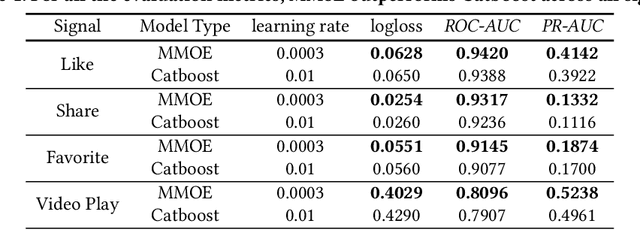
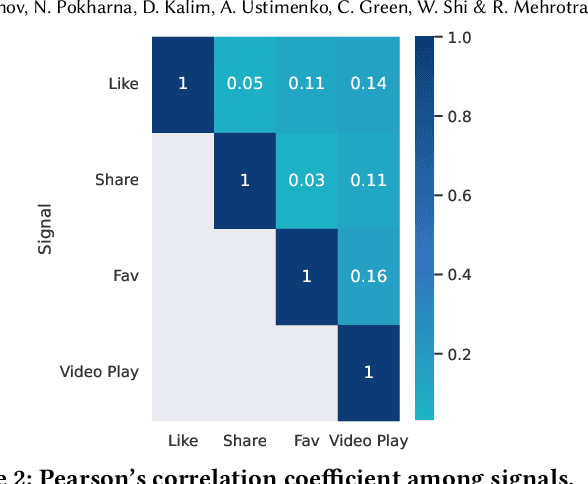

Abstract:Practitioners who wish to build real-world applications that rely on ranking models, need to decide which modelling paradigm to follow. This is not an easy choice to make, as the research literature on this topic has been shifting in recent years. In particular, whilst Gradient Boosted Decision Trees (GBDTs) have reigned supreme for more than a decade, the flexibility of neural networks has allowed them to catch up, and recent works report accuracy metrics that are on par. Nevertheless, practical systems require considerations beyond mere accuracy metrics to decide on a modelling approach. This work describes our experiences in balancing some of the trade-offs that arise, presenting a case study on a short-video recommendation application. We highlight (1) neural networks' ability to handle large training data size, user- and item-embeddings allows for more accurate models than GBDTs in this setting, and (2) because GBDTs are less reliant on specialised hardware, they can provide an equally accurate model at a lower cost. We believe these findings are of relevance to researchers in both academia and industry, and hope they can inspire practitioners who need to make similar modelling choices in the future.
CNN with large memory layers
Jan 27, 2021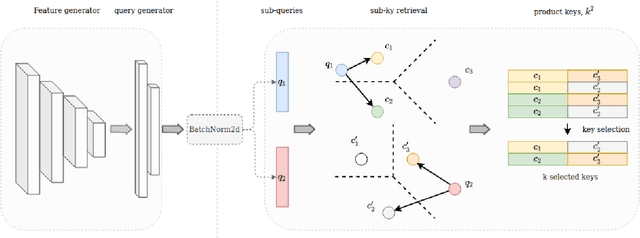
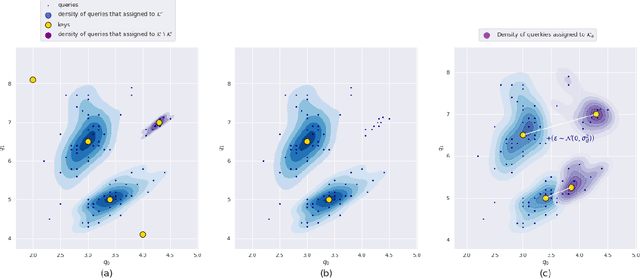
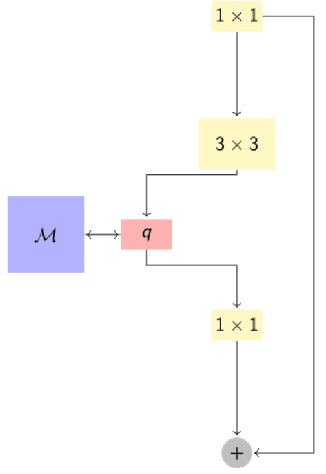
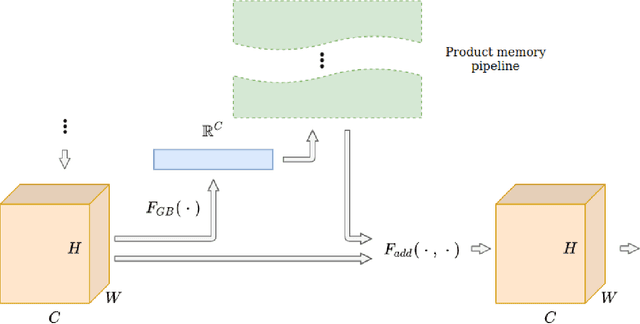
Abstract:This work is centred around the recently proposed product key memory structure \cite{large_memory}, implemented for a number of computer vision applications. The memory structure can be regarded as a simple computation primitive suitable to be augmented to nearly all neural network architectures. The memory block allows implementing sparse access to memory with square root complexity scaling with respect to the memory capacity. The latter scaling is possible due to the incorporation of Cartesian product space decomposition of the key space for the nearest neighbour search. We have tested the memory layer on the classification, image reconstruction and relocalization problems and found that for some of those, the memory layers can provide significant speed/accuracy improvement with the high utilization of the key-value elements, while others require more careful fine-tuning and suffer from dying keys. To tackle the later problem we have introduced a simple technique of memory re-initialization which helps us to eliminate unused key-value pairs from the memory and engage them in training again. We have conducted various experiments and got improvements in speed and accuracy for classification and PoseNet relocalization models. We showed that the re-initialization has a huge impact on a toy example of randomly labeled data and observed some gains in performance on the image classification task. We have also demonstrated the generalization property perseverance of the large memory layers on the relocalization problem, while observing the spatial correlations between the images and the selected memory cells.
Geoopt: Riemannian Optimization in PyTorch
May 12, 2020Abstract:Geoopt is a research-oriented modular open-source package for Riemannian Optimization in PyTorch. The core of Geoopt is a standard Manifold interface which allows for the generic implementation of optimization algorithms. Geoopt supports basic Riemannian SGD as well as adaptive optimization algorithms. Geoopt also provides several algorithms and arithmetic methods for supported manifolds, which allow composing geometry-aware neural network layers that can be integrated with existing models.
 Add to Chrome
Add to Chrome Add to Firefox
Add to Firefox Add to Edge
Add to Edge